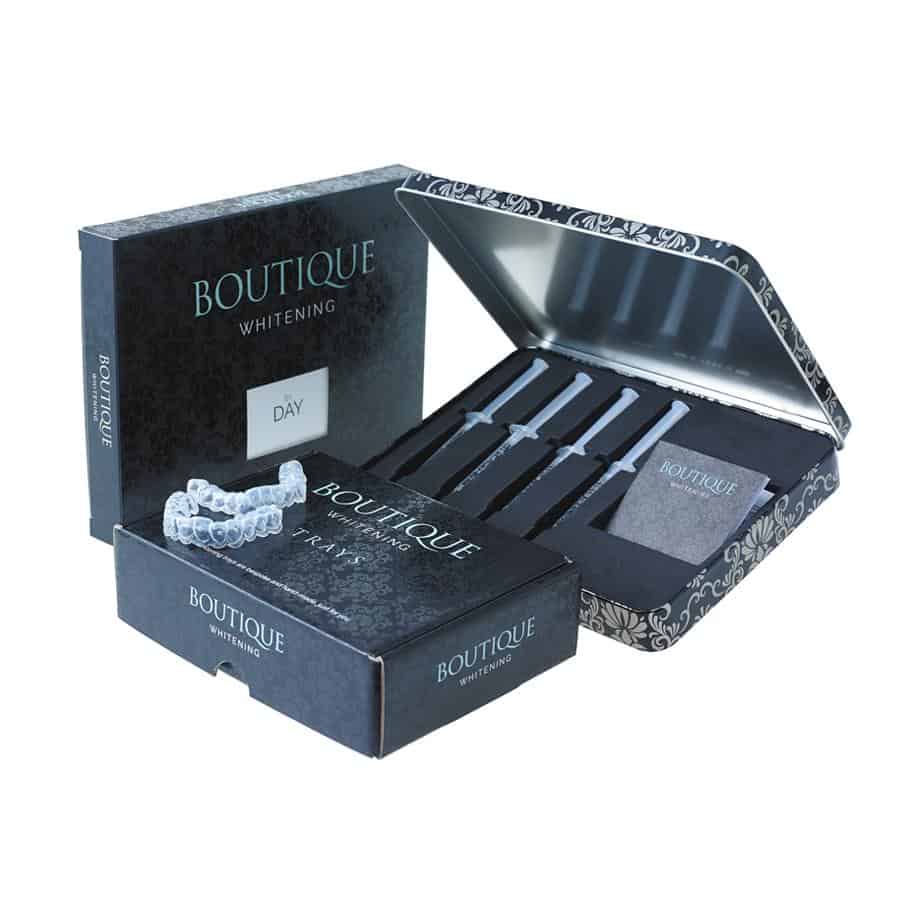Orthodontic retainers are devices used after the completion of orthodontic treatment, such as braces or Invisalign, to maintain the alignment of the teeth and prevent them from shifting back to their original positions. Retainers play a crucial role in ensuring the long-term success of orthodontic treatment by stabilizing the newly aligned teeth and supporting the bone and soft tissues surrounding them.
There are two main types of orthodontic retainers:
1. Fixed (Bonded) Retainers:
These retainers consist of a thin wire that is bonded to the back (lingual) surfaces of the teeth. Typically, fixed retainers are used on the lower front teeth, which are more prone to relapse. They are not visible from the front and provide a continuous force to keep the teeth in their corrected positions.
Fixed retainers are convenient because they are always in place, and patients do not need to remove or remember to wear them. However, they may require additional attention to maintain oral hygiene.
2. Removable Retainers:
Removable retainers are custom-made devices that can be taken out and placed back in the mouth. They are usually made of clear plastic or acrylic and are moulded to fit the shape of the patient’s teeth.
There are different types of removable retainers:
Hawley Retainers: These retainers consist of a plastic base with a wire that wraps around the front teeth. Hawley retainers are durable and adjustable.
Clear (Essix) Retainers: These retainers are made of transparent plastic and fit snugly over the teeth. They are less noticeable than Hawley retainers but may be more prone to wear and tear.
Vivera Retainers (by Invisalign): Similar to Invisalign aligners, Vivera retainers are clear, custom-made, and provide a discreet option for retention.
After the active phase of orthodontic treatment is completed, the orthodontist will recommend a specific type of retainer based on the patient’s individual needs. The initial period of full-time retainer wear is typically followed by a transition to nighttime or part-time wear.
It’s crucial for patients to follow their orthodontist’s instructions regarding retainer wear and maintenance to ensure the stability of their orthodontic results over time. Regular check-ups with the orthodontist are also recommended to monitor the condition of the retainers and the alignment of the teeth.



